January Group Coaching Preregistration
is now open - save your seat
(only 10 spots available)
Registration closes January 2, 2026
Fuel Your Body.
Fuel Your Life.
Nutrition and Lifestyle Coaching for Women Who Want Their Energy — and Their Life — Back
Tired of feeling exhausted, inflamed, or out of control with your health? I help women with autoimmune disease, Hashimoto’s, and metabolic burnout (like aging) to build sustainable nutrition and lifestyle habits that restore metobolic balance and energy to live vibrantly
— no restrictive diets, no guilt, no confusion.
Get Your Free Guide:
4 Steps For Better Health
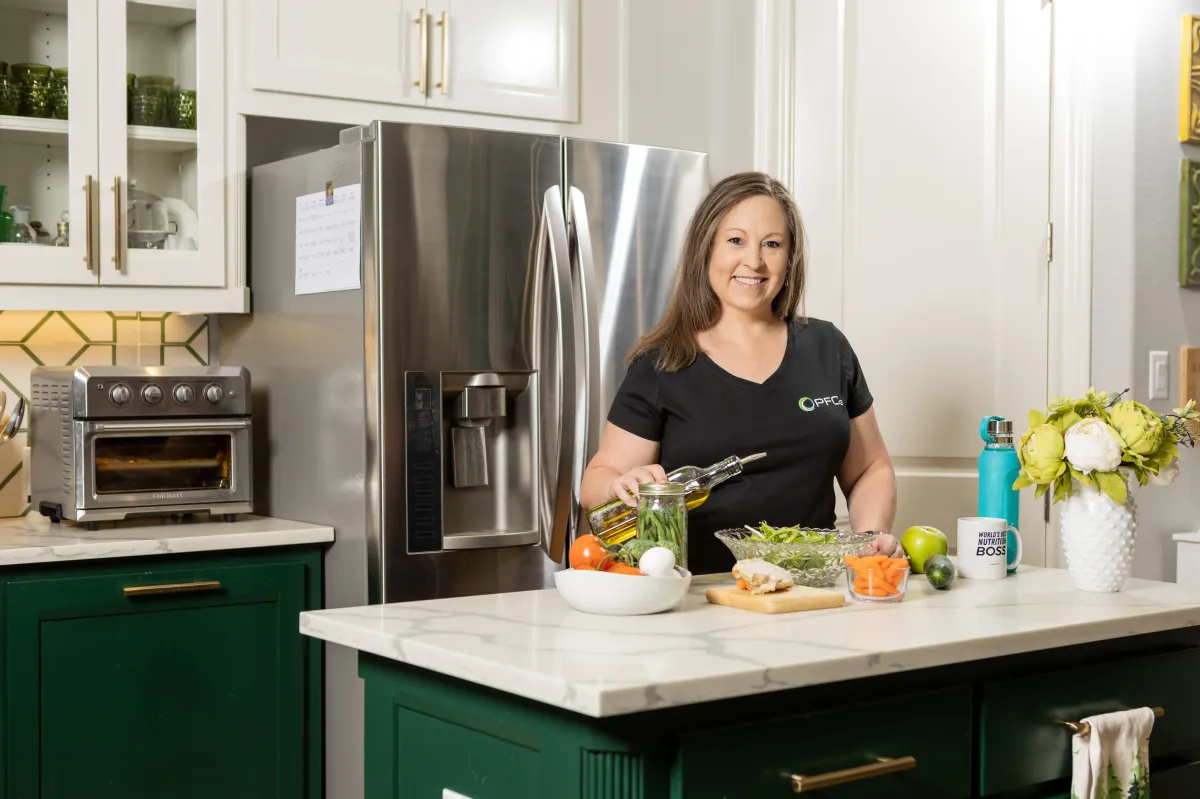
Meet Coach Alane
I’ve Been Where You Are — and I Know How to Help You Heal
Living with autoimmune disease can feel like your body has turned against you. You’ve tried all the “fixes” — restrictive diets, overexercising, supplements galore — yet you’re still battling fatigue, brain fog, and frustration.
I know that cycle because I lived it. After my Hashimoto’s diagnosis, I spent years searching for answers. What finally worked wasn’t another diet — it was learning how to stabilize my blood sugar, reduce inflammation, and rebuild my metabolism from the inside out.
Get Your Free Guide:
How to Fuel a Flare
Are You Ready For The Last Nutritional Advice You'll Ever Need?
Discover the power of balanced blood sugar for energy, health, and autoimmune symptom management
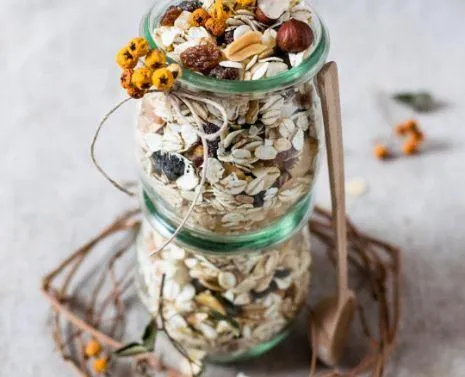
Personalized coaching designed to unlock your potential and achieve lasting results.
PERSONAL NUTRITION PLANS
your body, your food preferences,
your health
LIFESTYLE AND SYSTEMS COACHING
guidance for lasting change
SUSTAINABLE, REAL LIFE SOLUTIONS
no gimmicks, just lasting results
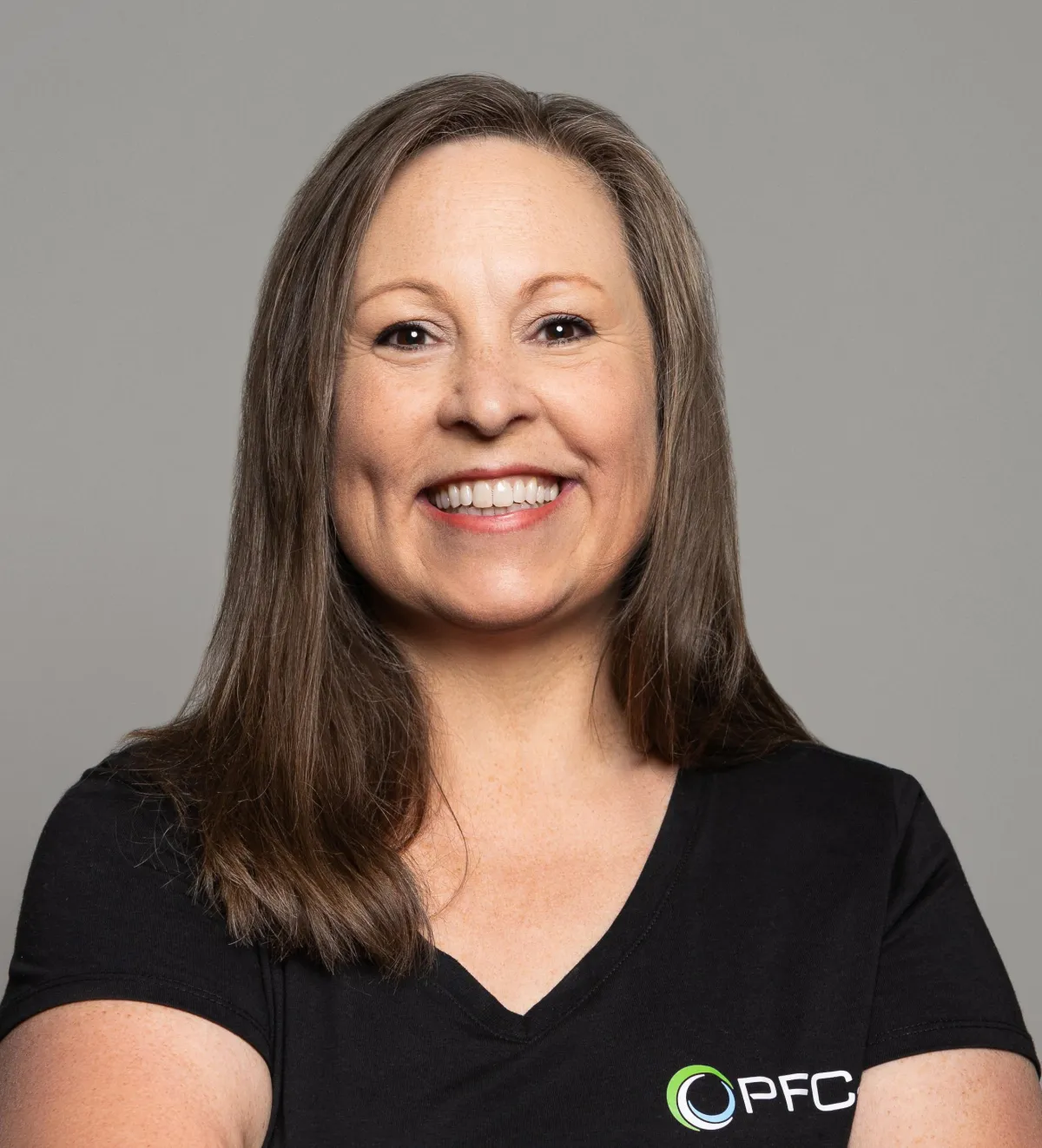
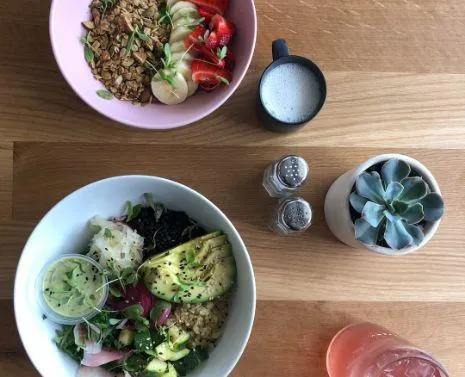

How to Work with
Coach Alane
1. Fill out the application form
2. Hop on a free Metabolic Consultation Call
3. Decide which class you want to participate in
4. Get ready to become the healthiest version of you!
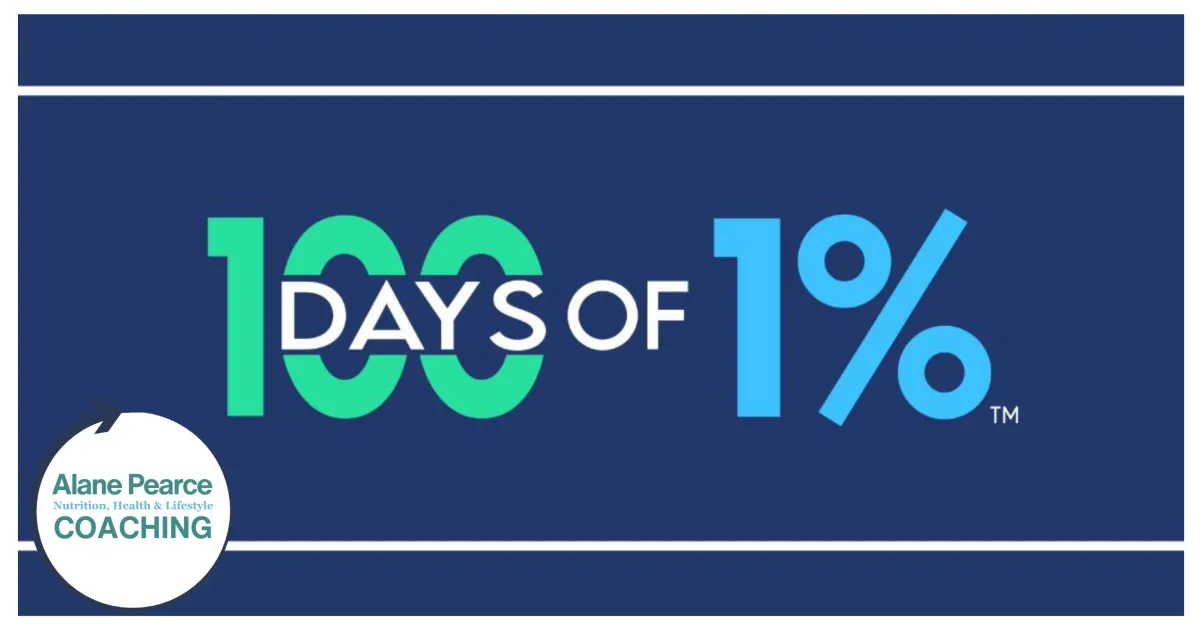
BODY
Learn the truth about giving your body exactly what it needs — the PFCs (Protein, Fats, and Carbs) — no tracking, counting, fasting, or guilt required. Discover how to stabilize your blood sugar and fuel your body in a way that feels empowering. Release stored fat, protect lean muscle, banish food cravings, manage autoimmune disease and reverse metabolic disease.
MIND
Your thoughts and beliefs shape your actions, and those actions directly impact your nutrition, wellness, and lifestyle. Transform your mindset to build a healthier, more intentional relationship with your body and choices, because your mind matters as much as your meals.
LIFESTYLE
Life is unpredictable, but your response doesn’t have to be. Learn how to navigate stress, time constraints, and emotions with confidence. We'll help you create balance, find joy, and build a lifestyle that supports your goals—even in the chaos.
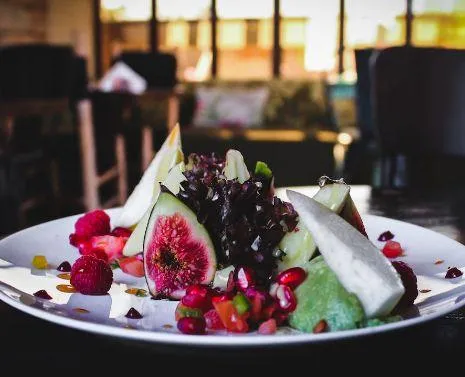
WHAT CLIENTS ARE SAYING
CAROLYN T.

"Having a coach has made all the difference for me. Alane helped hold me accountable when I wanted to go back to old habits, encouraged me when I was feeling lazy and lifted me up when I was feeling discouraged, and celebrated my wins with me. If it weren’t for Alane’s guidance and support, this program might have been like all my other attempts to get healthy—successful at the beginning but easy to let go of without the accountability of a coach. Now I get to enjoy all the benefits of the PFC3 lifestyle thanks to her!"
RACHEL B.

"Not to sound dramatic, but I had basically lost all hope for losing weight or feeling well before I started PFC3 with Alane…Her knowledge of the PFC3 program and faith in my ability to feel better & healthier was the divine intervention I needed! I’m so thankful for her coaching and this lifestyle that has restored my drive to live in my purpose on purpose.”
BONNI M.

"Alane is the gentle and confident voice you need cheering you on as you embark on a new adventure. She is perceptive and clear, and she was able to ask questions based on my thoughts that helped me see my challenges in a new way so I could move past them."
KATIE C.

"Alane approaches every session with a posture of hope. No matter where you might be struggling, she believes you can and will find a solution that energizes and excites you. She is thoughtful, gentle, and kind-a welcome presence for a weary soul. I felt comfortable from day 1, and I never doubted her belief in me. I feel like I could just show up and know that I was in good hands. Sessions with her always energized me-it never felt like work!"
TAMMY P.

"When I began the PFC3 program my daily schedule was overloaded. I struggled with whether or not to give it a try but when I finally made the decision to give it a go, Alane listened to my concerns. She helped me with making things as simple as possible so that I could be successful. She has made suggestions and given me tips that have worked so well that even with an overloaded schedule I am thriving and seeing differences. Without Alane’s help this would not be happening.”
BELINDA S.

"Before coaching with Alane I didn't have real roadmap. I was making haphazard decisions that worked in the moment, then I jumped all in to PFC3 with coach Alane. During the program Alane made the made the program simple, bite sized and was so good at affirming and encouraging. She's gifted for this coaching role since she has her own story that is a true win and sincerely wants that for you. I really looked forward to her text and then feedback each morning! Now, I will continue with Alane for an ongoing connection since I know that community is so beneficial."
Coming soon...the Living Well Blog
No blogs found
Frequently Asked Questions
Answers To Frequently Asked Questions
WHAT IS PFC3?
You’ll hear us talk a lot about PFC or PFC3 - it’s an acronym for the Proteins, Fats, and Carbs you need to stabilize your metabolism and ease the burden on your body. You’ll learn a lot about how cutting out food groups or following deprivation diets can stress your body out, and how you can help your body regulate itself (and therefore your hormones, sleep, energy, and even your weight) with PFC3.
WHAT DOES 1% MEAN?
The idea behind the 100 Days of 1% is that if you learn a little bit (1%) each day and make a small (1%) change to a habit, mindset, or your nutrition, then in 100 days you’ll see 100% improvement in your healthy lifestyle. It’s all about learning and doing in small, incremental steps.
WHAT DOES COACHING LOOK LIKE?
When you decide to work with me, (and depending on what level you want to work with me), you will have short, online, daily lessons where you will learn about nutrition, habits, systems, and mindsets. There is a daily application question that you will also answer. You will get coaching support from me through email and/or text, and we will have a weekly coaching call where we will celebrate your wins, address your challenges, and learn something new. Having a coach helps you troubleshoot and holds you accountable for your success.
WHAT IS THE COST?
The cost of the program depends on how you want to work with me and what you want to accomplish, therefore it’s difficult to name a price without talking with you first. I do promise that if you decide to work with me, I will be upfront about any costs involved.
WHY DO I HAVE TO SCHEDULE A CALL?
Every person is different with unique issues and backgrounds. Since this a personalized program and not a “one size fits all,” I always like to chat with a potential client before you sign up to make sure we are both a good fit for one another.
WHAT IF I HAVE MEDICAL ISSUES?
Always consult your medical team before starting any exercise or nutrition program. This framework has been shown to help many people with different medical issues such as high cholesterol, high blood pressure, autoimmune disease, NAFLD, arthritis, inflammation, diabetes, and more. Results vary and are not guaranteed.
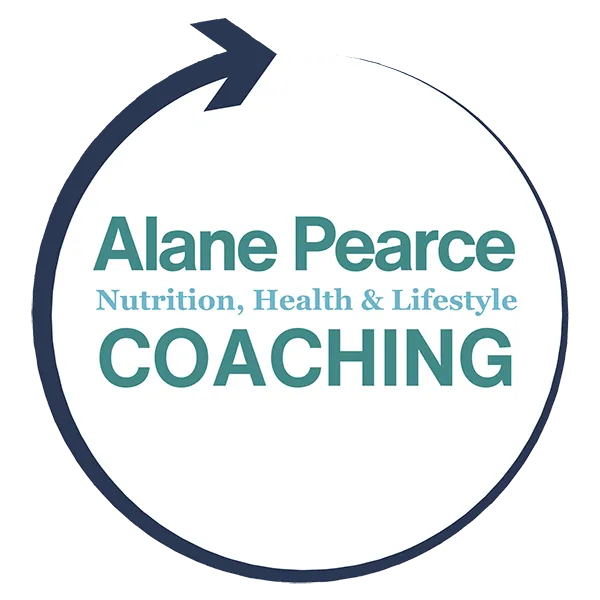
Austin, Texas and online programming
Privacy Policy | Disclaimer | Contact
Disclaimer: I am not a medical doctor. The information shared through Alane Pearce Coaching is for educational purposes only and not intended as medical advice. Always consult your healthcare provider before making changes to your health routine. Results are not guaranteed and vary by individual.